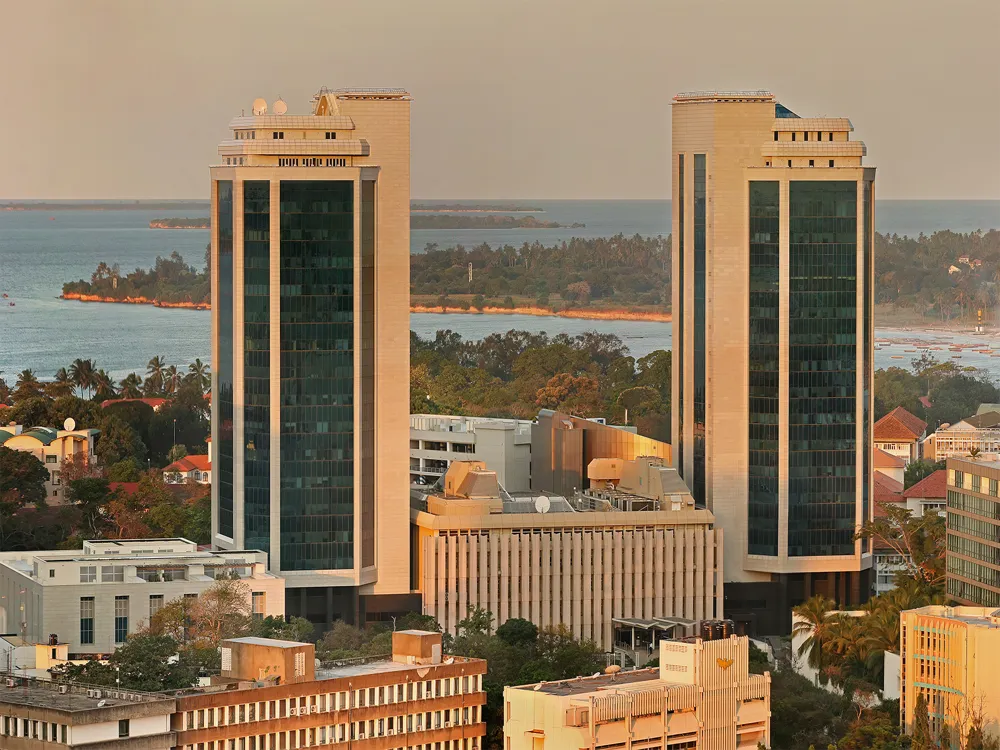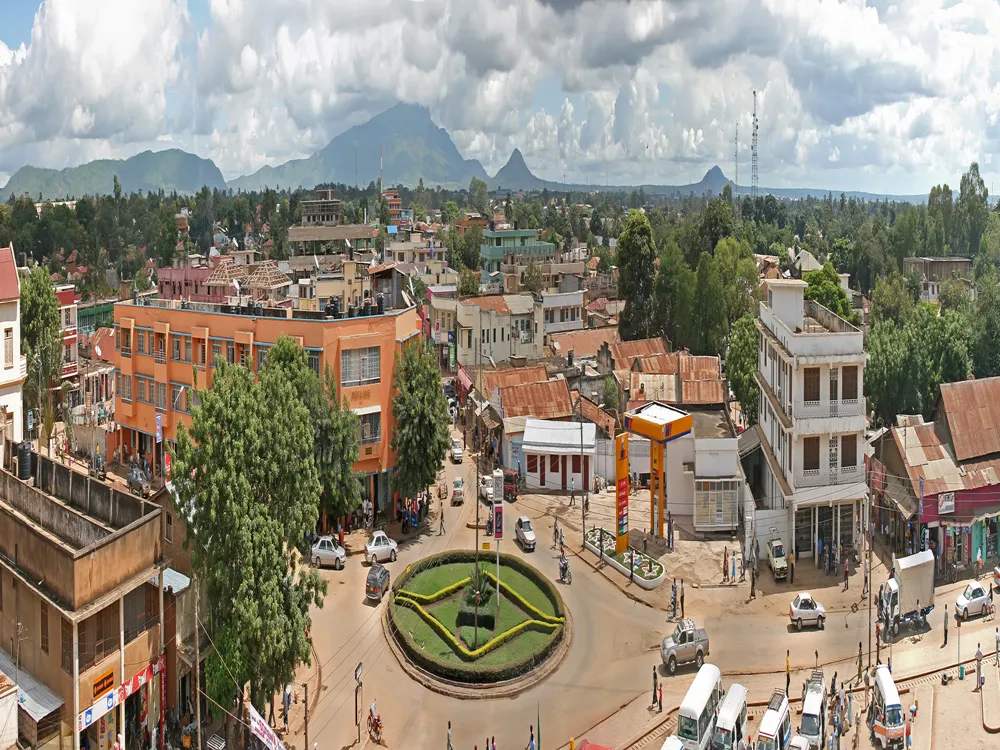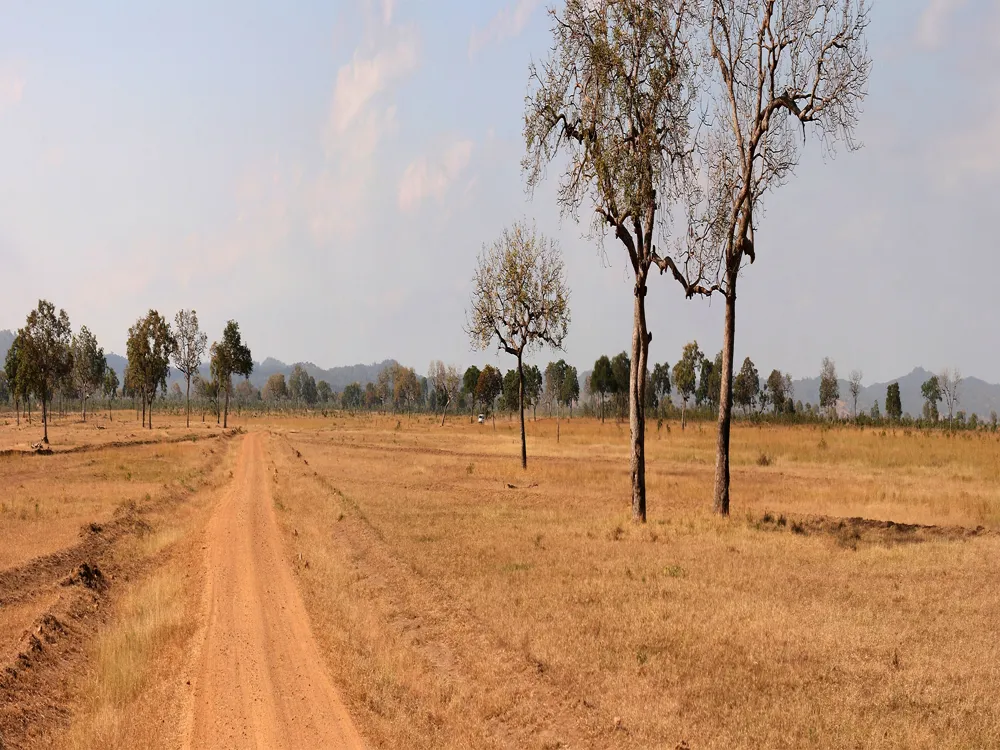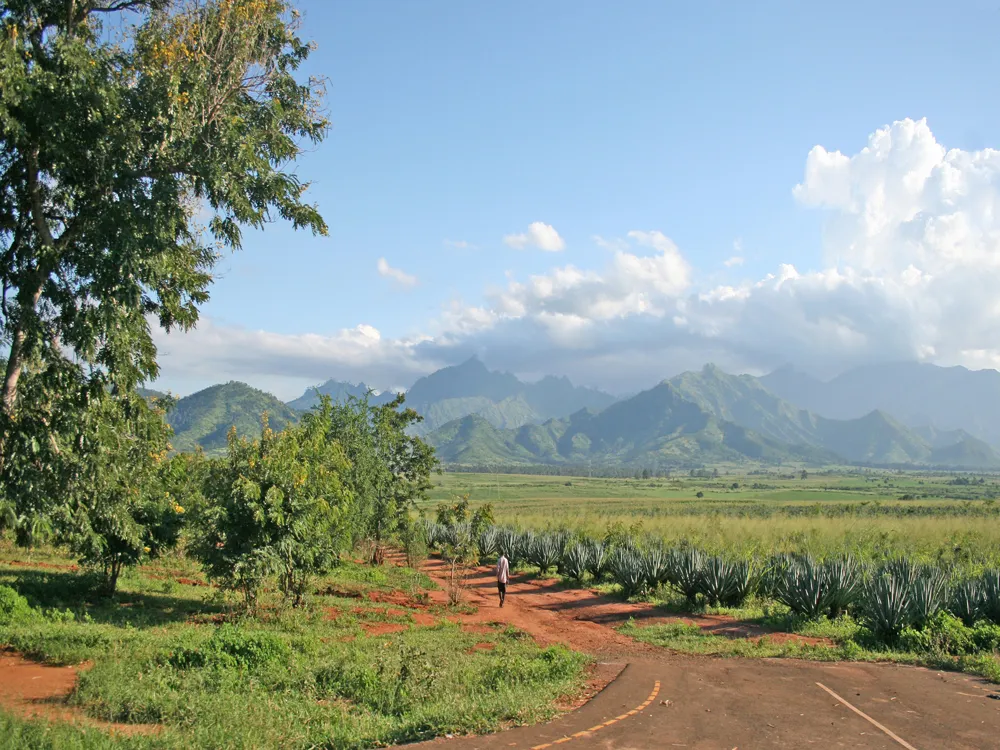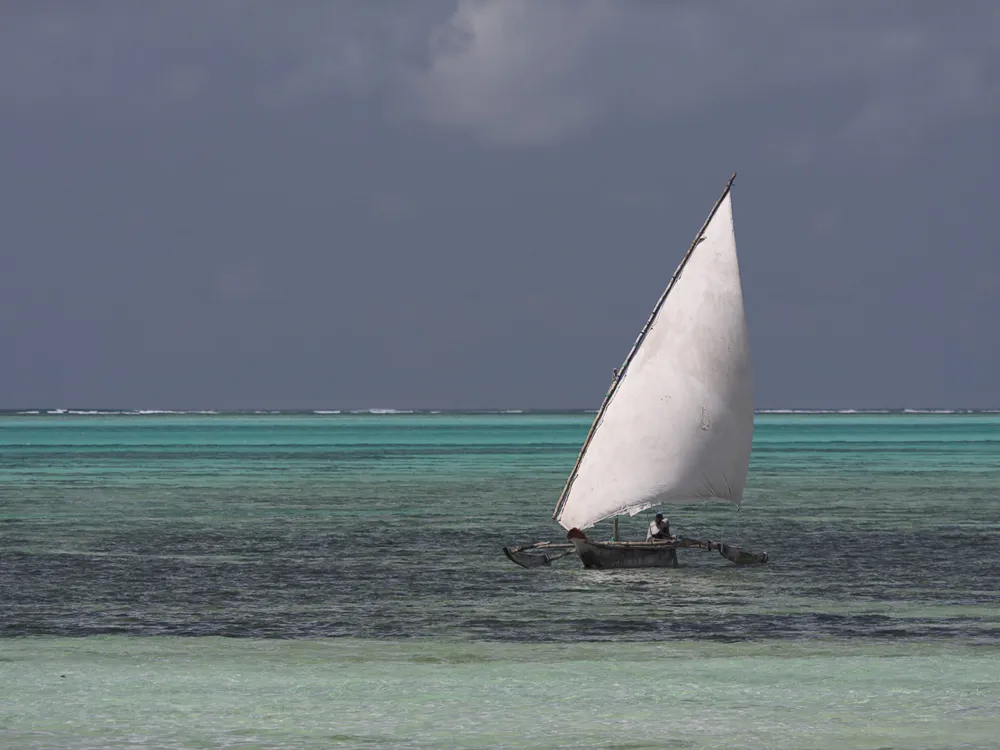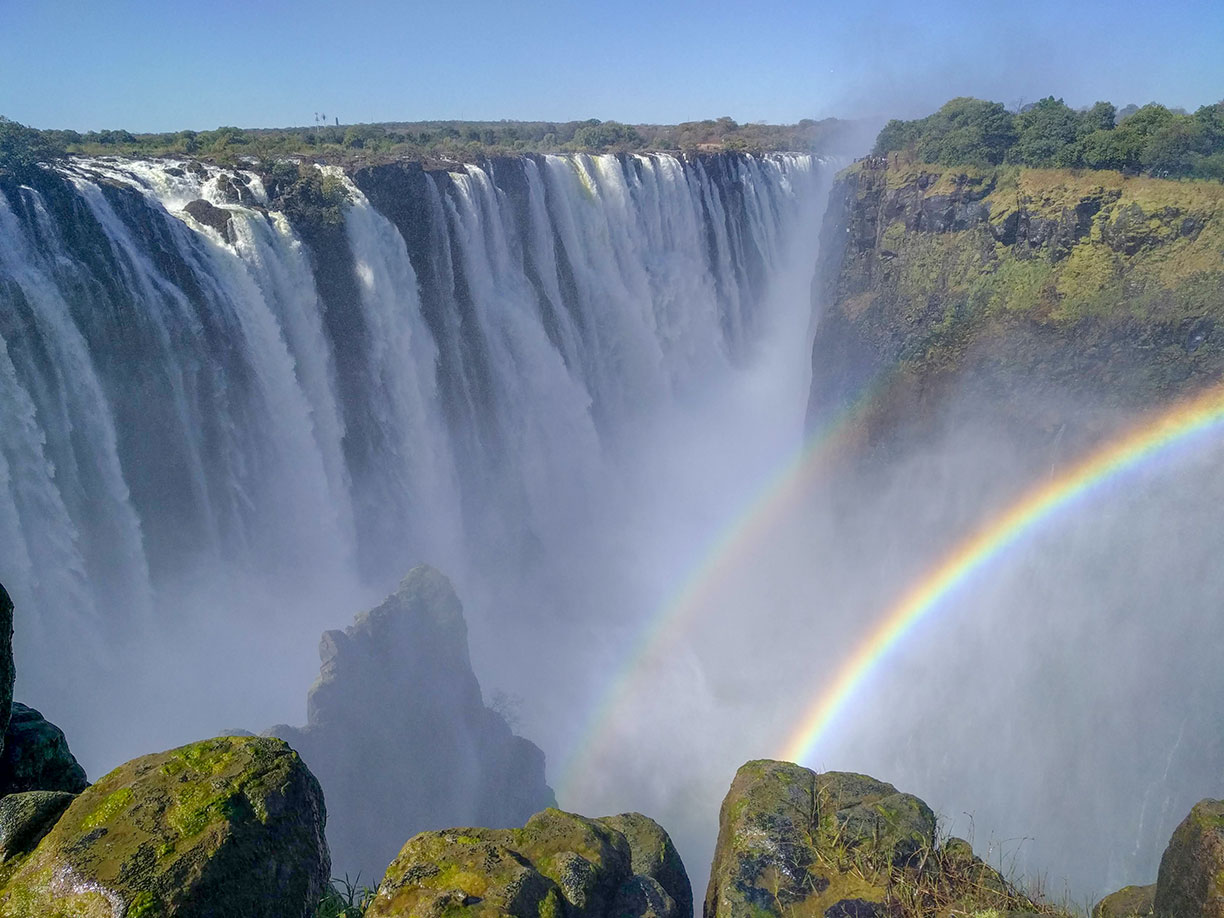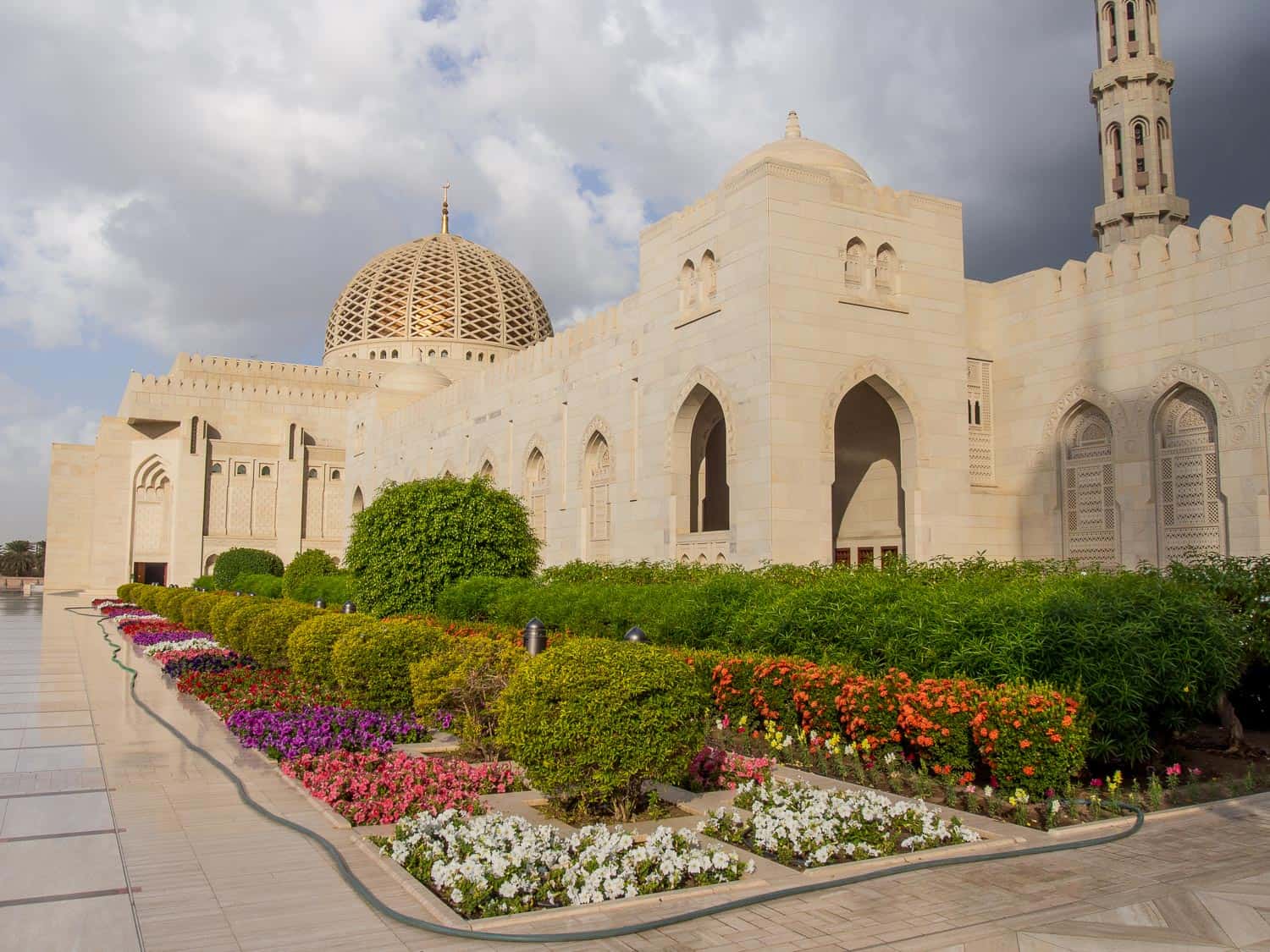What is the best time to visit Tanzania?
Tanzania, with its diverse landscapes and rich wildlife, offers a unique experience to travellers throughout the year. Understanding the best time to visit is crucial for an optimal adventure. This guide breaks down Tanzania's weather across seasons, providing insights to help you plan the perfect getaway.The extended dry season, which lasts from July to September, is the ideal time of year to visit Tanzania. These are said to be the greatest months for hiking, safaris, the Great Migration, and beach vacations in Zanzibar.
These are, of course, the busiest travel times. There will be more activity there, and some hotels, lodges, and parks will charge more.
Consider going from the end of October to the end of December, which is the brief rainy season, if you want a more private experience.
Avoid going in April and May during the extended wet season, if at all feasible. Rainstorms are frequent and intense, leading to last-minute cancellations of events.
More about the Best Time to Travel to Tanzania
Travel Peak Season in Tanzania
Tanzania's peak season, from June to October, aligns with the dry season, making it ideal for wildlife enthusiasts. During this period, the weather is pleasant, and wildlife congregates around water sources, providing excellent safari opportunities.
-
Dry Season (June to October):
- This period, often referred to as the dry season or winter, is the peak travel season in Tanzania.
- June to October is characterised by minimal rainfall, making it an ideal time for wildlife viewing and safaris in national parks and conservation areas, including the Serengeti and Ngorongoro Craters.
- The weather is generally dry and cool with clear skies, making it suitable for various outdoor activities.
-
Great Migration (June to August):
- One of the highlights during the dry season is the Great Migration, where vast herds of wildebeest and zebras move through the Serengeti in search of fresh grazing.
- This natural spectacle is a major draw for wildlife enthusiasts and photographers.
-
Key Features:
- The dry season is optimal for wildlife spotting as animals gather around water sources and vegetation is less dense.
- Climbing Mount Kilimanjaro is more popular during the dry months due to clearer paths and better visibility.
-
Wildlife and Bird Watching:
- The dry season offers excellent opportunities for wildlife and bird watching, with animals congregating near waterholes and rivers.
-
Clear Skies for Hot Air Balloon Safaris:
- Clear skies during the dry season provide ideal conditions for hot-air balloon safaris, offering a unique perspective of the landscape and wildlife.
Travel Offseason in Tanzania
The offseason, from March to May, brings long rains. While some areas may be challenging to access, this period offers lush landscapes and fewer tourists, providing a more intimate connection with nature.
-
November to December (short rains):
- This period marks the short rainy season in Tanzania.
- While not as heavy as the long rains, there can be sporadic rainfall, especially in the afternoon.
- Wildlife viewing can still be rewarding, and some lodges may offer discounted rates during this period.
-
March to May (long rains):
- The long rainy season is characterised by more consistent and heavier rainfall.
- Wildlife is abundant during this time, but the wet conditions can make certain areas inaccessible.
- Some lodges and camps may close temporarily during the heaviest rains.
-
Key Considerations:
- The wet seasons are less popular for safaris and wildlife viewing, but they have their own unique charm.
- The landscapes are lush and green, and birdwatching can be particularly rewarding.
- During the wet season, there are fewer tourists, providing a more intimate and serene experience in certain areas.
-
Migration Considerations:
- The Great Migration, where vast herds of wildebeest and zebras move across the Serengeti, varies depending on the year and weather conditions.
- While the migration is traditionally associated with the dry season, some herds may be present in certain areas during the wet season.
-
Budget-Friendly Travel:
- Accommodation prices and safari packages may be more affordable during the wet seasons, offering cost-saving opportunities for travellers.
-
Cultural Experiences:
- The wet seasons coincide with cultural events and festivals in Tanzania, providing travellers with the opportunity to engage in local traditions and celebrations.
Tanzania Weather in Winter (November – February)
Tanzania Weather in November
November marks the onset of the short rains, but it's still a viable time for travel, especially early in the month. It's a transitional period, and you can enjoy lower accommodation costs with relatively good weather.
Tanzania Weather in December
December brings more stable weather, making it a prime time for wildlife viewing. The landscapes are green and vibrant, creating picturesque scenes for travellers.
Tanzania Weather in January
January continues the favourable conditions, with wildlife congregating around waterholes. It's an excellent time for birdwatching as migratory birds make their way to Tanzania.
Tanzania Weather in February
February is characterised by dry and warm weather, making it an ideal time for beach vacations in Zanzibar and exploring the wildlife-rich national parks.
Tanzanian Weather in Summers (March to June)
Tanzania Weather in March
March introduces the long rains, transforming the landscapes into a lush paradise. While some parks may be less accessible, the Serengeti and Ngorongoro Craters still offer remarkable wildlife experiences.
Tanzania Weather in April
April sees the peak of the long rains, resulting in abundant greenery. Travellers can witness the Great Migration in the southern Serengeti during this period.
Tanzania Weather in May
May brings the end of the long rains, and the landscapes remain breathtakingly green. It's an excellent time for budget-conscious travellers, with reduced accommodation costs.
Tanzania Weather in June
June marks the beginning of the dry season, heralding exceptional safari experiences. The Great Migration moves towards the western Serengeti, providing a spectacle for wildlife enthusiasts.
Tanzania Weather in Monsoon (July – October)
Tanzania Weather in July
July to October is the prime safari season in Tanzania. The weather is dry, and wildlife congregates around water sources. The Serengeti hosts the Great Migration, a must-see natural phenomenon.
Tanzania Weather in August
August continues the dry spell, making it an excellent time for a comprehensive safari experience. The Ngorongoro Crater is particularly vibrant during this period.
Tanzania Weather in September
September offers one of the best safari experiences, with the Great Migration reaching its climax in the northern Serengeti. The weather is dry and comfortable for outdoor activities.
Tanzania Weather in October
October marks the end of the dry season, but wildlife viewing remains exceptional. It's a great time for birdwatching as well, with many migratory birds present.
Conclusion
Understanding Tanzania's diverse climates throughout the year is key to planning a memorable trip. Whether you prefer the bustling wildlife scenes of the dry season or the lush greenery of the rainy season, Tanzania has something to offer year-round.
Tourist Places to Visit in Tanzania
All Places to Visit In Tanzania
Faq
Is it advisable to visit Tanzania during the rainy season?
While the rainy season (March to May) brings lush landscapes, some areas may be challenging to access. If you don't mind occasional showers and seek a more intimate experience, it's a viable option.
What is the Great Migration, and when does it occur?
The Great Migration, a massive movement of wildebeest and other animals, occurs from July to October in the Serengeti. Witnessing this spectacle is a highlight for many visitors.
Are safaris available year-round in Tanzania?
Yes, safaris are available year-round. Each season offers unique experiences, from lush landscapes during the rainy season to prime wildlife viewing in the dry season.
Is Zanzibar a suitable destination throughout the year?
Zanzibar's coastal climate makes it a year-round destination. However, the dry season from June to October is particularly popular for beach vacations.
What should I pack for a Tanzania safari?
Pack lightweight clothing, a hat, sunscreen, insect repellent, and sturdy walking shoes. During the rainy season, include a waterproof jacket and waterproof shoes.

